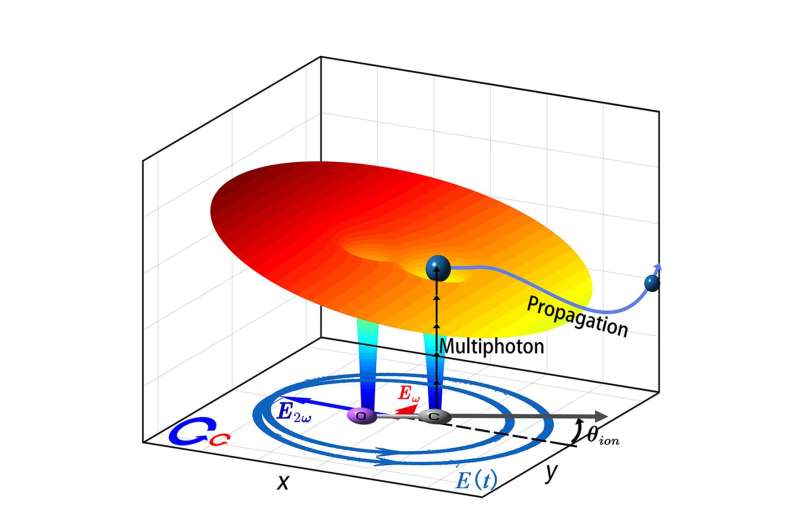Attosecond-scale measurement of Wigner time delay in molecular photoionization

The photoelectric effect is one of the most fundamental light-matter interactions, which is widely used in probing ultrafast dynamics in atoms, molecules and condensed matters. It has been in the research spotlight for more than 100 years and most of its natural aspects are well-understood. However, the basic questions about how long the photoionization process takes and how to identify the specific mechanisms responsible for the measured time delay are open and debated.
The controversy stems from the fact that time is not a quantum operator. Hence, there are no well-constructed dynamical observables that could be used to characterize such photoemission delay. The concept of Wigner time delay, accomplished seventy years ago by Eisenbud and Wigner (and later Smith) for scattering processes, has been expanded to characterize the timing of the photoionization process. The Wigner time delay is defined as the energy-derivative of the phase shift of the emitted photoelectron wavepacket. This means that photoionization time delay can be constructed by the phase shift.
A research team led by Prof. Yunquan Liu presented the "double-pointer attoclock" scheme, in which two-color bi-circular fields were used to explore the phase and amplitude of emitting wave packets in atomic multiphoton ionization (2018). Recently, this research team transferred this scheme from atoms to molecules. The results of the research have been published in the Ultrafast Science.
Experimentally, they measured the orientation-dependent photoelectron angular streaking of asymmetric CO molecules in bi-circular fields. Then they developed a semiclassical nonadiabatic molecular quantum-trajectory Monte Carlo (MO-QTMC) model to disentangle the orientation-dependent behavior of molecular Coulomb interaction and molecular orbital structure on photoelectron angular distributions. They have extracted the sub-Coulomb-barrier phase of emitted electron wavepackets and reconstructed the asymmetric Wigner time delay of photoemission.
The "double-pointer attoclock" scheme with sculptured circular fields shows the promising potential application in exploring the time-resolved photoionization process and measuring the orientation-dependent Wigner time-delay of polyatomic molecules.
More information: Zhenning Guo et al, Probing Molecular Frame Wigner Time Delay and Electron Wavepacket Phase Structure of CO Molecule, Ultrafast Science (2022). DOI: 10.34133/2022/9802917
Provided by Ultrafast Science


















